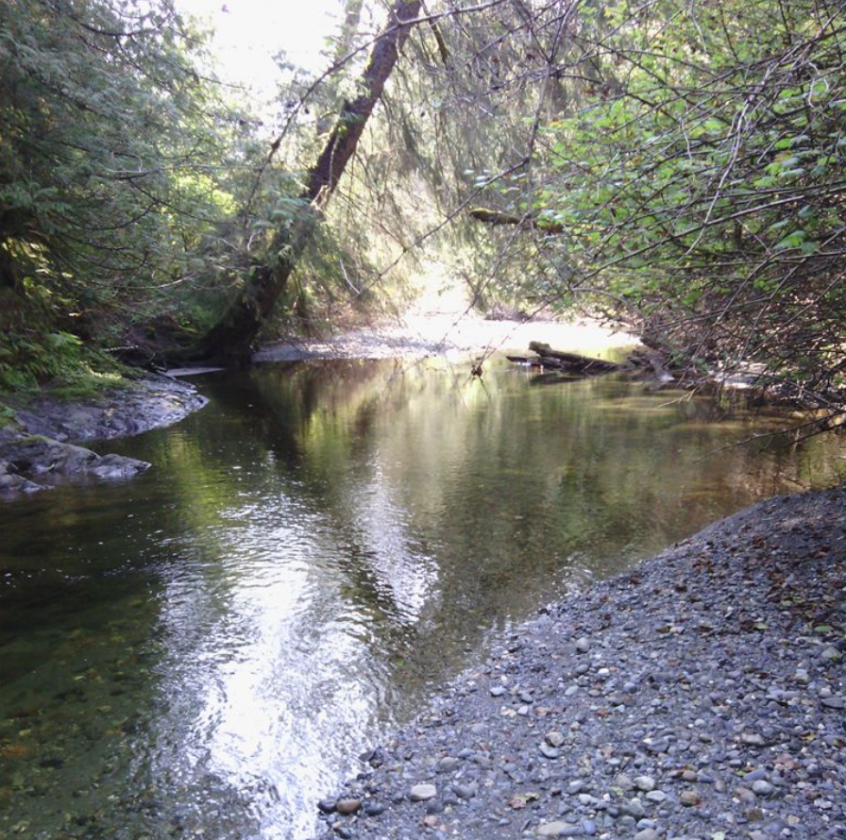Well managed forestlands play a vital role in maintaining water quality and supporting biodiversity, and a Snohomish County program that assesses local waterway health is underscoring just that.
A Snohomish County State of Our Waters report identified the Olney Creek waterway, which is surrounded primarily by public and private working forested lands in the Gold Bar area, as “excellent” for water quality and habitat. The County also gave Olney Creek high marks for aquatic life, noting that the waterway is “a diverse community with lots of insects, including those that only live in good conditions.”
The State of Our Waters program is an environmental health monitoring action plan that includes the frequent gathering of biological, physical and chemical data to provide the county and residents information on the condition and health of local waterways. The program also aims to track any changes over time to “identify problems and their causes” as well as determine what resources are needed to “protect healthy waters and improve impaired ones.”
Olney Creek’s glowing water quality marks and ability to sustain biodiversity to support fish is due in large part to the commitment from working forests and private forestland owners to apply science-based approaches to forest management practices in support of the Forests and Fish Law. To date, working forests have collectively helped to protect more than 60,000 miles of streams running through 9.3 million acres of state and private forestland.
The majority of Olney Creek travels through working forestlands operated by Sierra Pacific Industries and publicly-owned lands that also are managed and/or working forests. Through land stewardship and adhering to proven-effective practices, the end result for Olney Creek includes a thriving population of cutthroat trout that are reportedly “jumping in the stream,” a diverse insect community that also serves as a food sources for fish and other aquatic life and a stream that provides optimum living conditions for spawning fish.
Snohomish County offers free resources like educational site visits and workshops to help landowners adopt stream-friendly practices. Visit the Snohomish County watershed website or call (425) 262-2623 to learn more.
Tips to protect nearby creeks and waterways:
- Practice natural yard care and avoid fertilizers that contain phosphorous
- Pick up pet waste and dispose of it in the trash
- Wash your car at a commercial wash facility
- Install rainscaping features like rain gardens and rain barrels to absorb water
- Maintain your septic system and have it inspected regularly
